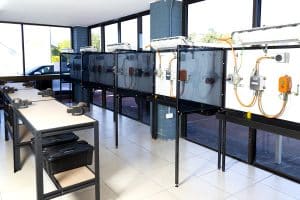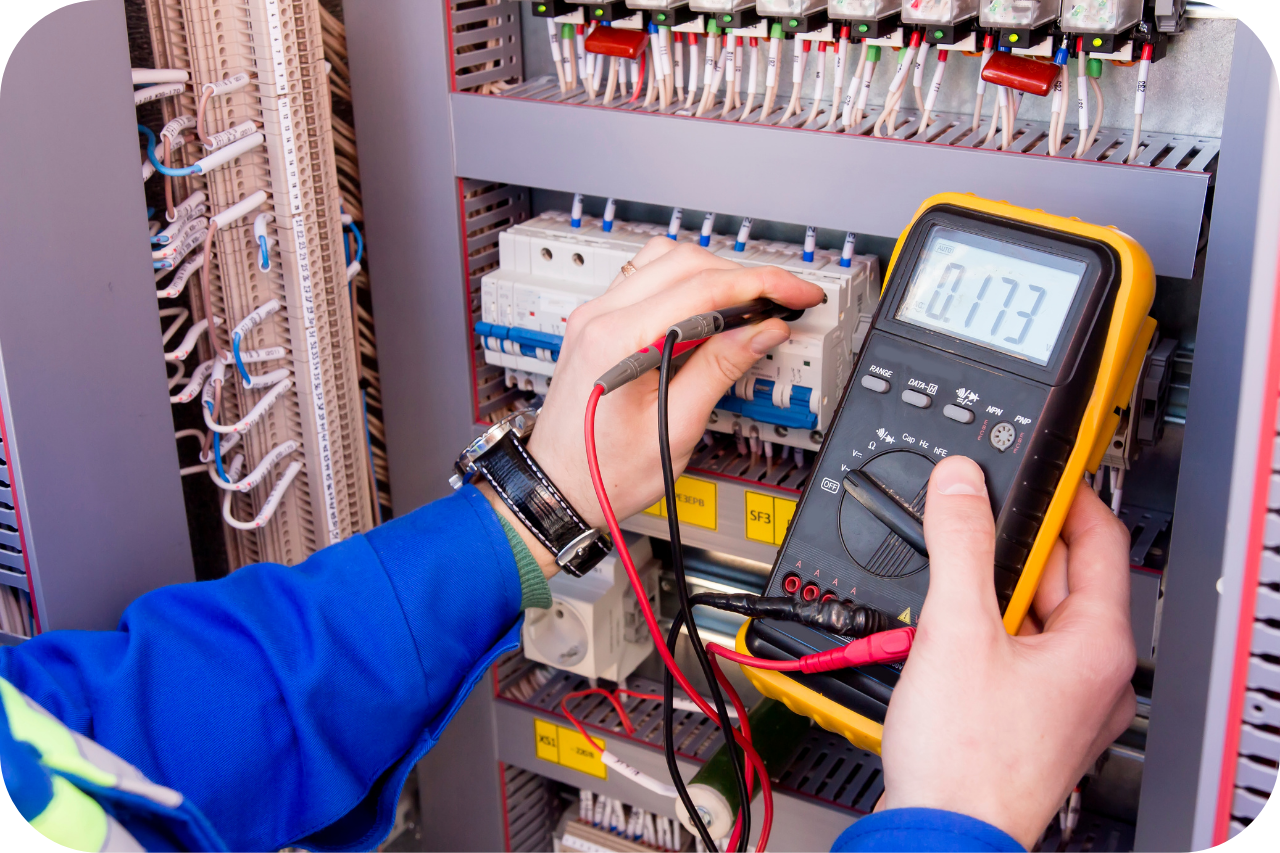Roar Solutions Fundamentals Explained
Roar Solutions Fundamentals Explained
Blog Article
Not known Details About Roar Solutions
Table of ContentsSome Known Incorrect Statements About Roar Solutions The 4-Minute Rule for Roar SolutionsNot known Facts About Roar Solutions
In order to safeguard setups from a prospective surge a technique of analysing and categorizing a potentially unsafe location is needed. The purpose of this is to guarantee the proper option and setup of equipment to ultimately prevent a surge and to make certain safety and security of life.
(https://www.anobii.com/en/01749dcc41232b575a/profile/activity)
No tools must be installed where the surface temperature level of the equipment is higher than the ignition temperature level of the given hazard. Below are some common dirt hazardous and their minimum ignition temperature. Coal Dirt 380C 225C Polythene 420C (melts) Methyl Cellulose 420C 320C Starch 460C 435C Flour 490C 340C Sugar 490C 460C Grain Dust 510C 300C Phenolic Material 530C > 450C Aluminium 590C > 450C PVC 700C > 450C Residue 810C 570C The possibility of the threat existing in a concentration high adequate to create an ignition will vary from location to place.
Harmful location electrical equipment perhaps created for usage in higher ambient temperature levels. Field Repair Work By Authorised Personnel: Complex testing might not be required nonetheless particular procedures might need to be adhered to in order for the equipment to keep its 3rd party rating. Each piece of devices with an unsafe score should be examined separately.
Some Ideas on Roar Solutions You Need To Know
The equipment register is a detailed database of devices records that includes a minimum set of areas to recognize each item's location, technical criteria, Ex lover category, age, and environmental information. This info is crucial for monitoring and taking care of the devices efficiently within hazardous locations. In comparison, for periodic or RBI tasting inspections, the quality will certainly be a combination of Thorough and Close examinations. The proportion of Detailed to Shut assessments will certainly be determined by the Devices Danger, which is examined based on ignition threat (the probability of a source of ignition versus the probability of a combustible atmosphere )and the harmful area classification
( Zone 0, 1, or 2). This variation will certainly also influence the resourcing needs for job prep work. As soon as Whole lots are specified, you can develop sampling plans based upon the example dimension of each Lot, which refers to the variety of arbitrary tools products to be checked. To determine the required sample size, two facets require to be assessed: the dimension of the Great deal and the category of assessment, which shows the level of initiative that should be used( decreased, regular, or boosted )to the inspection of the Lot. By combining the classification of assessment with the Great deal size, you can then develop the suitable rejection requirements for an example, implying the allowable number of defective products discovered within that example. For more information on this procedure, please refer to the Power Institute Guidelines. The IEC 60079 common suggests that the maximum interval between evaluations ought to not go beyond three years. EEHA examinations will also be conducted outside of RBI projects as part of scheduled maintenance and devices overhauls or repair work. These examinations can be credited towards the RBI example dimensions within the impacted Great deals. EEHA evaluations are carried out to determine mistakes in electric devices. A weighted scoring system is important, as a single piece of devices might have multiple faults, each with differing levels of ignition threat. If the consolidated score of both examinations is less than twice the mistake rating, the Whole lot is considered appropriate. If the Lot is still considered undesirable, it needs to go through a full evaluation or reason, which might trigger more stringent assessment procedures. Accepted Whole lot: The root causes of any kind of faults are identified. If a typical failure mode is found, extra equipment might need maintenance. Faults are classified by extent( Safety and security, Stability, House cleaning ), making certain that immediate problems are click resources assessed and attended to immediately to mitigate any kind of influence on safety and security or operations. The EEHA data source ought to track and tape the lifecycle of mistakes together with the rehabilitative activities taken. Executing a durable Risk-Based Inspection( RBI )strategy is important for guaranteeing compliance and safety in managing Electrical Devices in Hazardous Locations( EEHA) (hazardous area electrical course). Automated Mistake Rating and Lifecycle Management: Easily take care of faults and track their lifecycle to improve evaluation accuracy. The intro of this support for risk-based evaluation better enhances Inspectivity's placement as a best-in-class remedy for regulatory compliance, in addition to for any type of asset-centric assessment usage situation. If you want finding out more, we welcome you to ask for a demo and find exactly how our remedy can transform your EEHA administration procedures.
7 Easy Facts About Roar Solutions Described

In regards to explosive threat, a hazardous area is an atmosphere in which an explosive environment is existing (or might be expected to be present) in amounts that call for special safety measures for the construction, installment and use equipment. eeha training. In this article we check out the obstacles dealt with in the office, the danger control measures, and the needed proficiencies to function securely
It issues of contemporary life that we make, store or handle a series of gases or fluids that are considered combustible, and an array of dirts that are regarded combustible. These materials can, in specific conditions, create eruptive atmospheres and these can have significant and terrible repercussions. A lot of us know with the fire triangle get rid of any kind of among the 3 elements and the fire can not take place, however what does this mean in the context of unsafe areas? When damaging this down into its most basic terms it is essentially: a combination of a specific amount of release or leakage of a certain material or material, blending with ambient oxygen, and the presence of a source of ignition.
In a lot of circumstances, we can do little about the degrees of oxygen in the air, however we can have significant impact on sources of ignition, for example electric devices. Hazardous locations are documented on the unsafe location category drawing and are determined on-site by the triangular "EX LOVER" indicator. Below, among other vital details, areas are divided into three kinds depending upon the threat, the chance and duration that an explosive atmosphere will certainly exist; Zone 0 or 20 is considered the most hazardous and Area 2 or 22 is considered the least.
Report this page